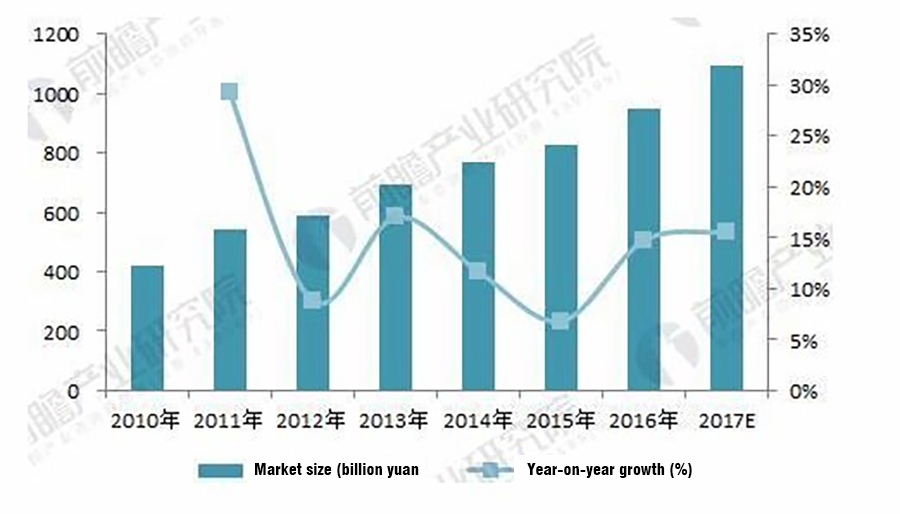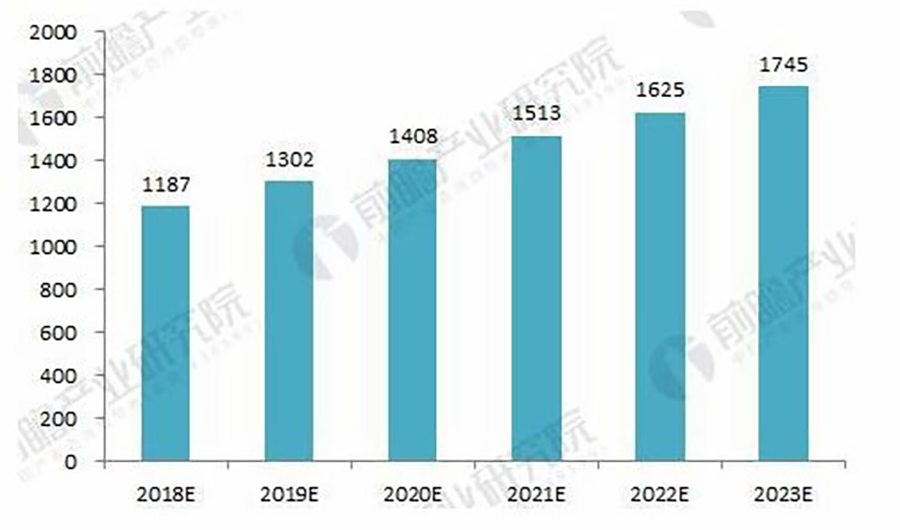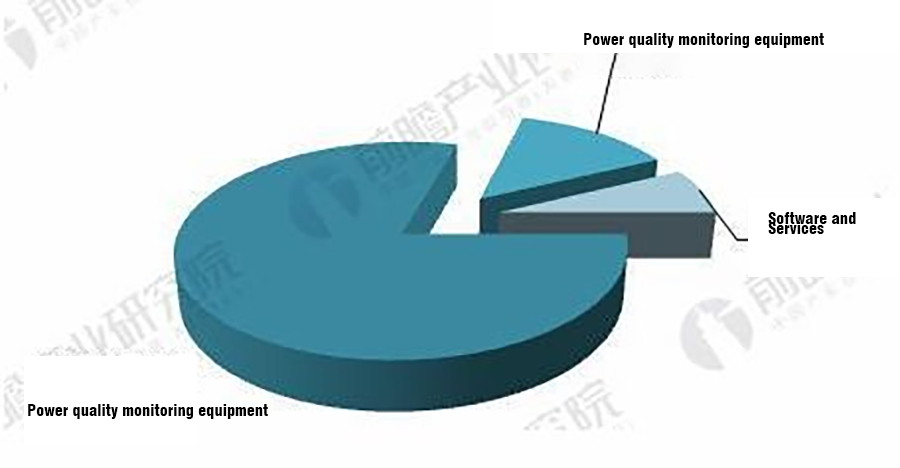With the rapid development of renewable energy generation such as wind power and photovoltaic power generation in China, the acceleration of the construction of electrified railways and urban rail transit, the large-scale use of new energy vehicle charging piles and the emergence of various new electronic devices, a series of new power quality problems have arisen, which have also aggravated some long-standing power quality problems in the past. Common power quality problems in China's power applications mainly include: harmonics, three-phase asymmetry, notch, voltage flash, resonant transient, pulse transient, voltage transient, noise, etc. Among them, harmonics and voltage transients are the two most prominent power quality problems. The economic losses caused by power quality disturbances and electrical environmental pollution every year are very alarming.
According to a report by the Electric Power Research Institute (EPRI), the losses caused by power quality problems such as harmonics in the United States amount to $30 billion per year . In China, according to the data of the "China Power Quality Industry Status and User Behavior Research Report", among the 92 companies in the 32 industries surveyed, 49 companies suffered economic losses of 250 million to 350 million yuan due to power quality problems. At present, the international power utilization rate is about 56%, while China's current power utilization efficiency is only about 35%. A very important reason is the poor power quality. If the power quality is improved on a large scale across the country, thereby improving the efficiency of power use, it will play a very important role in energy conservation and emission reduction.

The rapid development of China's economy, the significant improvement of residents' living standards, the extensive use of various "high-tech" equipment and the greater emphasis on product quality in the production field have further increased the requirements of power users for power quality. A structural reform on the supply side of power is imperative, and the service requirements of power have quietly shifted from "ensuring power quantity" to "ensuring power quality".
Against this background, China's power quality management market has shown a steady growth trend. The report pointed out that in recent years, China's power quality market has grown rapidly driven by various parties. It is estimated that in 2017, the sales of China's power quality management industry reached 109.39 billion yuan. Among them, the main power quality management market is reactive power compensation and harmonic control devices, and the compound annual growth rate of filtering equipment and reactive power compensation equipment exceeds 15%.


Experts said that since my country is still in the early stages of power quality products, and many large enterprises that were established earlier have not yet completed automation transformation, power quality management equipment has the highest demand among all products, accounting for nearly 80% of the total. Monitoring equipment, software, and services each account for about 20% of the overall market, with monitoring equipment accounting for a slightly higher proportion. In the future, with the improvement of industrial automation levels and the enhancement of power quality awareness, the proportion of software and monitoring equipment will increase.
It is understood that at present, the main focus of power quality companies is still on the research and development and sales of power quality management equipment, there are relatively few power quality monitoring equipment products, and power quality software and services are a blue ocean market to be developed.

The market will show three major development trends
Regarding the future development trend of power quality management, experts believe that it will mainly manifest in the following three points.
1. The scale of the industry will maintain rapid and stable growth
The current economic situation is very conducive to the development of power quality companies. From a policy perspective, the introduction of policy standards such as energy conservation and emission reduction and smart grids has provided a very favorable policy environment for the development of power quality. From the perspective of market demand, the domestic market space for power quality is very broad, and as users' awareness of power quality continues to increase, the market space will become larger and larger. In addition, the development of renewable energy such as wind power and photovoltaics in China, the laying of ultra-high voltage and high-voltage transmission and distribution networks, and the upgrading and transformation of the original power grid have all provided a broad market for the power quality management industry. However, "the industry's pie is getting bigger and bigger" does not mean that each company will get more of the pie. The degree of competition and technical barriers will become the main factors affecting corporate profit margins.
At present, there are few domestic enterprises capable of producing active filtering devices and dynamic reactive power compensation devices. However, in the future, with the rapid development of the power quality management industry and the increasing attention it receives, the number of enterprises engaged in the industry is expected to continue to grow, and the overall profit level of the industry may decline to a certain extent. However, enterprises that master core technologies and have a high reputation are expected to continue to maintain a relatively stable profit level.

Experts said that the average profit level of the power electronic equipment industry is significantly higher than that of the power complete equipment industry. This is because there are many power complete equipment companies, the competition is fierce, and the gross profit is generally maintained at 30%. However, the technical barriers of the power electronic equipment industry are high, the number of companies involved is limited, and the gross profit can reach about 50% . In the future, the market demand for power electronic equipment, especially power electronic equipment for improving power quality, will further expand.
There are relatively few manufacturers of high-voltage dynamic reactive compensation devices, and relatively more companies producing low-voltage dynamic reactive compensation devices . On the whole, low-voltage dynamic reactive compensation devices have low profits, while high-voltage dynamic reactive compensation devices have high profits . The construction of China's ultra-high voltage and high-voltage transmission and distribution power grids will gradually increase the demand for the power management market, but the main competitive advantages of Chinese companies lie in price and engineering services, and the product quality and stability are lower than similar foreign products. Through technological research and development and innovation, domestic companies can continue to increase their profit growth space.
2. The demand for professional talents will further increase
At present, there is still a large gap between China's power efficiency and that of foreign countries, and power quality management technology needs to be improved. Therefore, as the government, enterprises, and users pay more and more attention to power quality, high-level power quality management professionals will become a "hot spot" for industry competition.
3. More and more attention is paid to increasing the added value of products
The report believes that the development of the Internet of Things, artificial intelligence, and smart grids can "empower" the power quality management industry. In the future, users will not only need power quality management companies to provide corresponding hardware products, but also need companies to provide a complete set of solutions including diagnosis, monitoring, data analysis, etc. , to effectively improve the product's subsequent service capabilities.

New symptoms of power quality require new prescriptions
At present, my country's power quality management is mainly specialized and single management for a specific problem. This is reflected in the management equipment, which is designed mainly for a specific power quality problem, such as voltage control, harmonic filtering, etc. This type of management equipment has a single function and is more practical for users with prominent power quality problems, such as active filters APF and dynamic voltage restorers DVR. However, when managing power quality problems with complex factors, the effect is often poor and the applicability is limited.
As China's power quality problems are becoming more complex, intertwined, and coexistent, future power quality management equipment must be universal and a combination of many single management equipment . This type of management equipment is characterized by relatively complete functions and outstanding comprehensive management effects. It can simultaneously have multiple functions such as voltage control, dynamic filtering, flicker mitigation, low-loss control of reactive power, and supply of active power, such as the unified power quality conditioner UPQC and the energy router with power quality management function.








